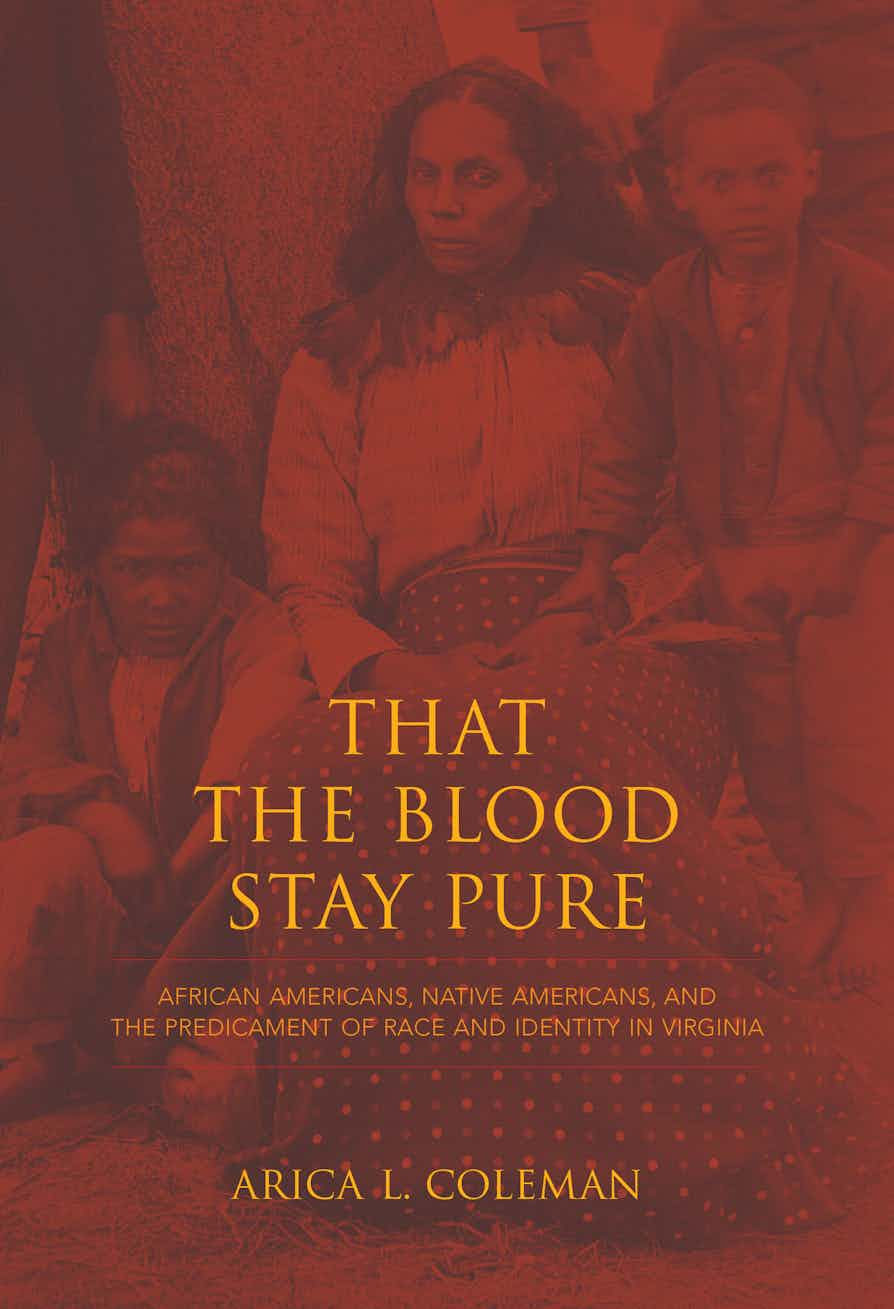Exploring the Political Exploitation of Blood Quantum in the U.S.Posted in Articles, History, Interviews, Media Archive, Native Americans/First Nation, Slavery, United States, Virginia on 2014-05-14 22:19Z by Steven |
Exploring the Political Exploitation of Blood Quantum in the U.S.
Indian Country Today Media Network
2013-05-17
Vincent Schilling, Executive Vice President
Schilling Media, Inc.
Arica L. Coleman is an assistant professor of Black American Studies at the University of Delaware. She is African American and Native American (Rappahannock), which may help explain why she has conducted research for the past 12 years on what she calls the “intersections between Native American, African American and European peoples in the southeastern United States with a focus on the etymology of race, the ideology of racial purity and its historical and contemporary effects on racial and identity formation.” In non-academic terms, that means she has done a lot of thinking about the relations and interactions of blacks, Indians and whites on the East Coast, primarily in Virginia.
Coleman has turned her Ph.D. dissertation into an upcoming book, That the Blood Stay Pure: African Americans, Native Americans and the Predicament of Race and Identity in Virginia, and agreed to talk with ICTMN about her experiences as an African American woman who gets a lot of grief for also being an American Indian.
Wouldn’t you say that back in the day, American Indians and African Americans all went to the same parties?
Yes, we went to the same parties and we also worked the slave plantations together. This is what a lot of people do not understand when you talk about slavery. My African American brothers and sisters will have a problem with this because they like to look at slavery only in terms of black and white. The truth is—and specifically in Virginia—there was Indian slavery. The first slaves in the Americas were Native American and this business that the Native Americans died off as a result of disease and war [is inaccurate]—those were not the only reasons for their demise, there was the Indian slave trade, which is something we do not discuss a lot.
When you had people of African descent being brought across the Atlantic to the Americas, you also had Native American people throughout the Americas being dispersed throughout the world, including portions of South Africa and Angola. When you look at the records of the South—and specifically in Virginia—they talk about Indian, Negro and mulatto slaves…. From the 16th century through the 19th century, you had Native American peoples identified as Negro and as mulatto.
When you look in those records and see these terms you cannot automatically assume that these folks were African, because they could have been a mix of Native American or European as well. Racial labels have never been constant or used with consistency…
Read the entire interview here.
